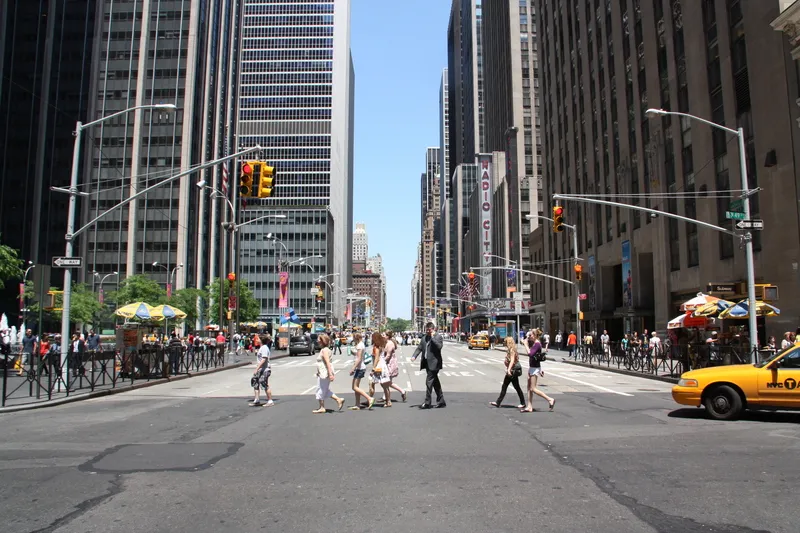A new study into 40km/h speed zones in New South Wales, Australia indicates they are reducing deaths and injuries in high pedestrian and traffic areas.
The study, by the Centre for Road Safety, found there was a 33 per cent reduction in crashes causing serious injuries and deaths between 2005 and 2015, where 40 km/h zones had been introduced.
Crash data shows that over 6,300 people were injured or killed on local streets each year and that many of these crashes involve excessive or inappropriate speeds.
In permanent 40 km/h speed limits locations, the number of people killed went down from 12 in 2005 to one in 2015. The number of people seriously injured also dropped from 269 in 2005 to 203 in 2015.
The evaluation looked at locations from the High Pedestrian Activity Areas Program that combines 40km/h speed zones with pedestrian infrastructure like raised crossings and other traffic calming features.
Roads, Maritime and Freight Minister Melinda Pavey said the results show the 40 km/h speed zones help save lives and prevent devastating injuries.
“We are now looking to expand the rollout of these reduced speed zones around the state. The Centre for Road Safety will work with
New South Wales study indicates lower speed zones reduce deaths
A new study into 40km/h speed zones in New South Wales, Australia indicates they are reducing deaths and injuries in high pedestrian and traffic areas.
July 4, 2017
Read time: 2 mins







